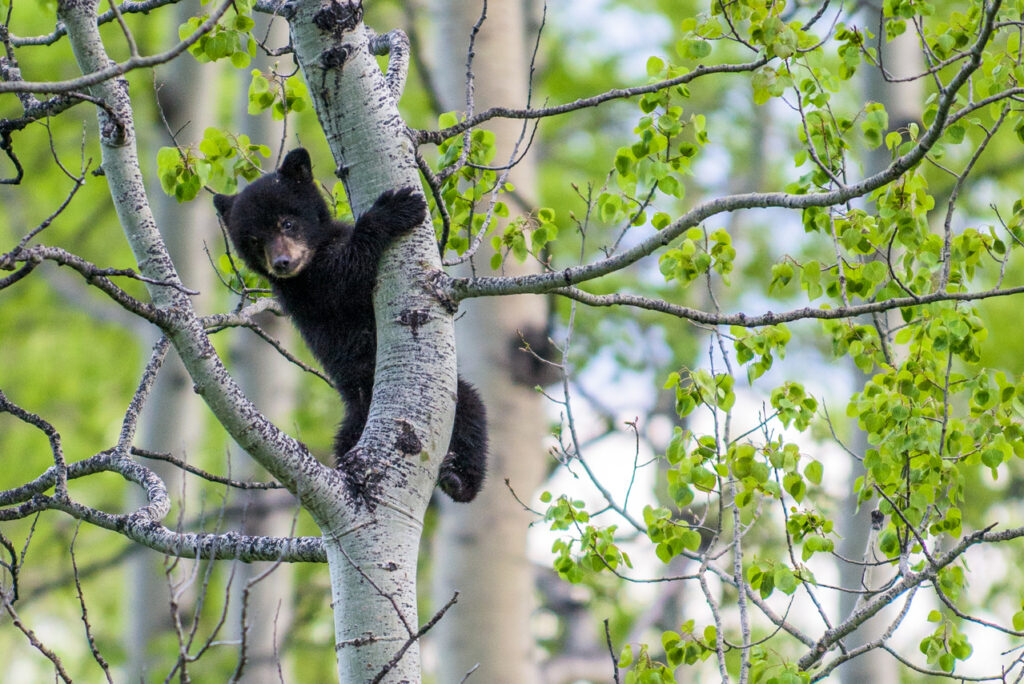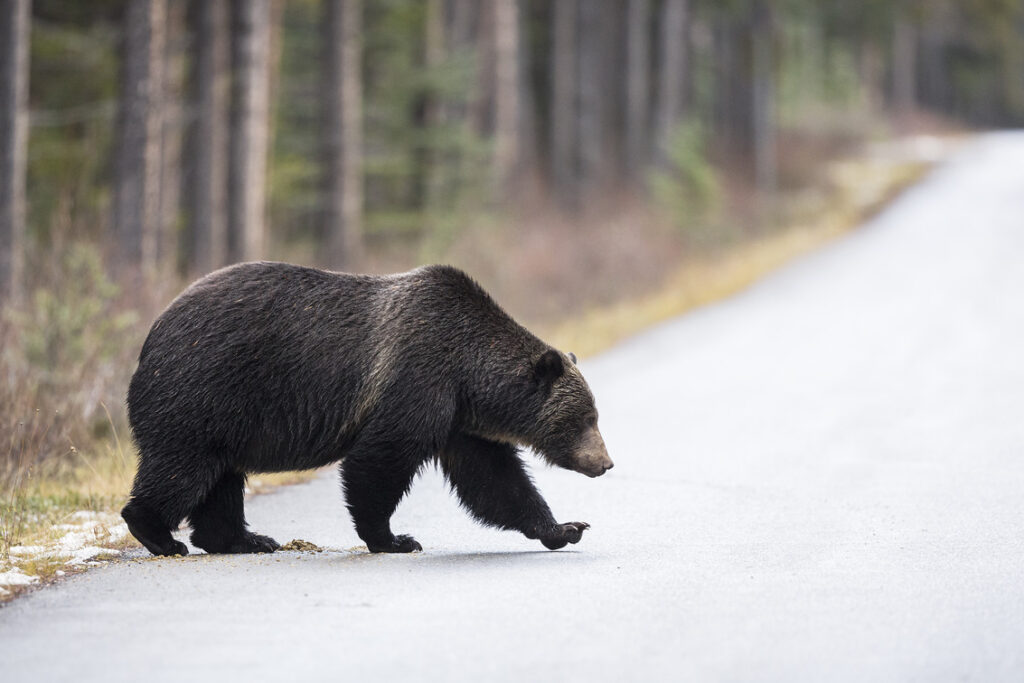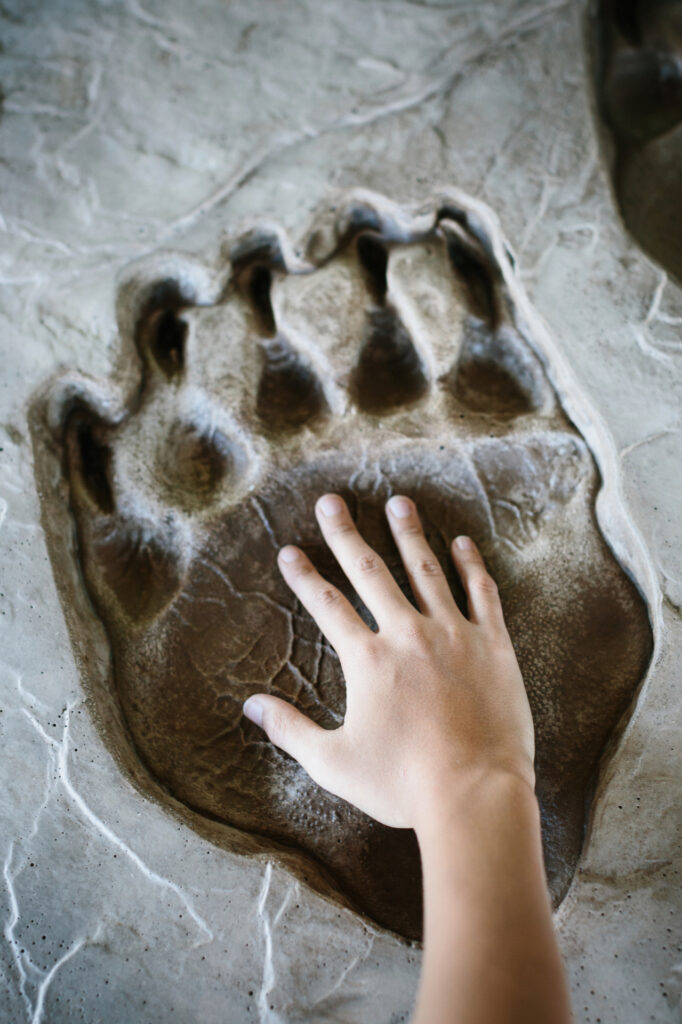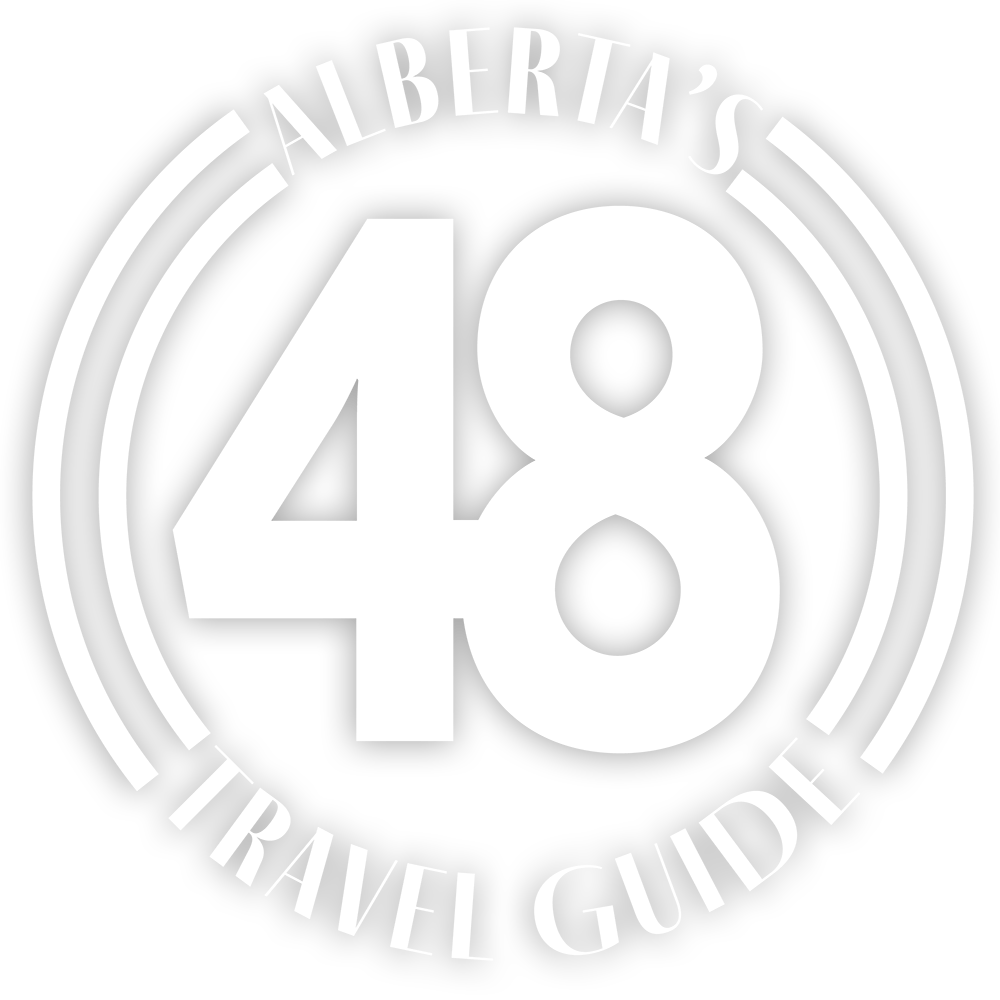
Exploring the beautiful wilderness of Alberta can be an unforgettable adventure for families, but it’s important to be aware of the potential dangers that come with sharing the habitat with bears.
Bears are a significant part of Alberta’s ecosystem, and understanding how to safely coexist with them is crucial for your safety and theirs. While encounters are rare, knowing what to do if you come across a bear can make a huge difference.
In the 1980s, a series of bear attacks in Alberta’s national parks led to a significant increase in safety measures and public awareness campaigns. These efforts have greatly reduced the number of serious bear encounters, but the risk remains, particularly for those who are unprepared.
Bears are magnificent creatures, but they can also pose a serious threat to humans if provoked or surprised.
From the mighty grizzly bears to the more common black bears, these animals demand respect and caution. There have been historical accounts and modern incidents of bear encounters, reminding us that preparation and knowledge are key when venturing into bear country.
Understanding Bear Behavior
Bears generally prefer to avoid humans. Most encounters happen because a bear is surprised or feels threatened. Bears can be curious, especially when they smell food, and they can become aggressive if they are protecting their young or a food source.

Preparing for Your Trip
Before heading out on your adventure, familiarize yourself with the following tips, based on the latest advice from Parks Canada:
1. Travel in Groups: Bears are less likely to approach a group of people. Make noise as you hike to avoid surprising a bear.
2. Stay on Designated Trails: This helps avoid bear habitats and reduces the risk of encounters.
3. Carry Bear Spray: This is your best defense in case of a close encounter. Make sure everyone in your group knows how to use it.
4. Store Food Properly: Use bearproof containers and never leave food unattended. At campsites, use bear hangs or storage lockers.
5. Dispose of Waste Properly: Pack out all trash and food scraps to avoid attracting bears to your campsite.

What to Do If You Encounter a Bear
If you see a bear, your actions should depend on the bear’s behavior and proximity. Here are some key steps:
1. Stay Calm: Do not run. Bears can run faster than humans and may chase you.
2. Talk Calmly: Speak in a firm, calm voice to let the bear know you are human.
3. Back Away Slowly: Do not turn your back on the bear. Move away slowly and keep an eye on the bear.
4. Use Bear Spray: If the bear approaches you within a few meters, use your bear spray. Aim for the bear’s face and discharge the spray in short bursts.
5. Play Dead (for Grizzlies): If a grizzly bear attacks you, lie on your stomach with your hands covering your neck and remain still.
6. Fight Back (for Black Bears): If a black bear attacks, fight back aggressively using any available weapon.
Tips for Families
Educate Your Children: Teach kids about bear safety before heading into bear country. Make sure they know what to do if they see a bear.
Keep Kids Close: Do not let children wander far from the group. Bears are less likely to approach a larger group.
Bear Safety Drills: Practice using bear spray and go over encounter scenarios with your family so everyone knows what to do.
Venturing into bear country can be a thrilling experience, but it requires caution and respect for the natural inhabitants of the area. By following these safety tips and staying informed, you can help ensure that your family’s adventures in Alberta are safe and enjoyable. Remember, being prepared is the best way to protect both yourself and the bears.
For more detailed information and updates on bear safety, visit the Parks Canada Bear Safety Page.






